In the ever-evolving world of digital design, the layout of a website plays a pivotal role in shaping user experience and overall aesthetics. A trendy website layout is not just about aesthetics; it reflects modern design principles, user preferences, and functional requirements. As we delve into the intricacies of contemporary web design, this guide explores what makes a website layout considered trendy, blending visual appeal with usability. From color schemes and typography to responsive design and innovative features, we examine the elements that define a modern website layout and how they contribute to creating a memorable digital presence. Whether you’re a seasoned designer or a business looking to revamp your online platform, understanding the key components of a trendy website layout is essential for staying competitive in today’s fast-paced digital landscape.
Key Takeaways
– Prioritize clean minimalism to streamline user experience and enhance usability.
– Opt for soft color palettes to create a sophisticated and calming design.
– Use unique typography to reflect brand identity while ensuring readability.
– Incorporate innovative navigation with micro-interactions for a seamless user journey.
– Embrace responsive design to ensure your site looks great on all devices.
– Leverage video backgrounds to add dynamic visuals without compromising functionality.
– Utilize subtle 3D effects to enhance depth and engagement.
– Experiment with gradients and glassmorphism for a modern, polished look.
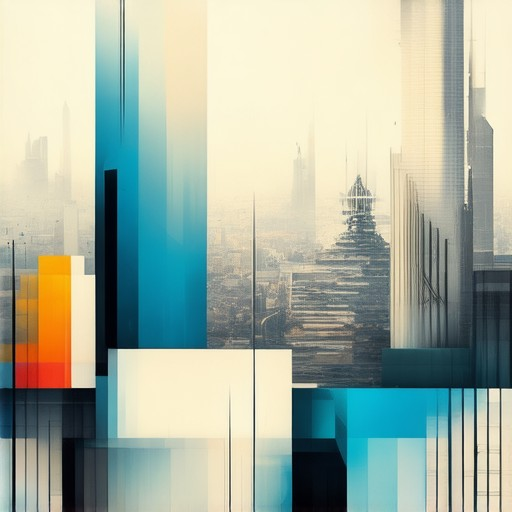
What Makes a Website Layout Considered Trendy?
A trendy website layout is characterized by a combination of modern design principles that enhance both aesthetics and functionality. Here are the key components that define a contemporary layout:
- Responsive Design :
Modern websites must adapt seamlessly to various screen sizes, ensuring optimal viewing experiences across desktops, tablets, and mobile devices. Competitors like 119WebDesign emphasize the importance of fluid grids and flexible layouts that automatically adjust to different devices. - Minimalist Aesthetics :
Clean, uncluttered designs with plenty of white space are highly regarded. These layouts allow content to breathe, making the interface easier to navigate. Many trendy sites incorporate subtle shadows, rounded corners, and uniform spacing to maintain a cohesive look. - Flat Design :
Flat design, featuring bold colors, simple icons, and geometric shapes, has become a staple in trendy layouts. This approach avoids excessive depth and dimension, focusing instead on clarity and accessibility. - Typography :
High-quality typography plays a crucial role in a trendy layout. Clean, modern fonts and consistent text styling ensure readability and brand consistency. Sites often pair sans-serif fonts with serif details to strike the perfect balance between modernity and tradition. - Video Integration and Parallax Effects :
Incorporating videos or parallax effects adds dynamism to a layout. These elements can make a site feel more engaging while enhancing user interaction. - SEO-Friendly Structure :
A trendy layout must also be optimized for search engines. Clear content hierarchy, efficient coding practices, and logical organization ensure better visibility and faster loading times.
By thoughtfully integrating these elements, a website can achieve a trendy, modern aesthetic that resonates with users and search engines alike.
What Defines a Trendy Website Layout?
A trendy website layout is characterized by a combination of modern design principles that create a visually appealing, user-friendly, and functional experience. These layouts often reflect current trends in web design, blending aesthetics with usability to captivate audiences and deliver value.
Key Features of a Trendy Website Layout:
- Minimalist Design :
Clean and uncluttered interfaces are highly sought after. White space is utilized effectively to allow content to breathe, while subtle shadows, rounded corners, and minimalistic typography enhance the aesthetic without overwhelming the user. - Responsive Design :
A responsive layout ensures seamless viewing experiences across devices, from desktops to mobile phones. Flexbox, CSS Grid, and media queries are commonly used to achieve this adaptability, making the site accessible to a broad audience. - Bold Typography :
Standout typography, whether through large, bold headlines or unique typefaces, adds visual interest and helps convey brand identity. Pairing these with clean sans-serif fonts ensures readability and modernity. - Video Backgrounds :
Incorporating video backgrounds can add dynamicism to a design, though care must be taken to ensure text remains legible. This trend is particularly popular in industries like fashion, travel, and entertainment. - Smooth Animations :
Subtle animations, such as fade-ins, hover effects, and scroll-triggered interactions, enhance user engagement without causing distraction. These animations should feel natural and not overly flashy. - Color Scheme :
Modern color palettes often feature muted tones with pops of vibrant colors to create contrast and draw attention. Brands may opt for monochromatic schemes or gradients to align with their visual identities. - Blending Functionality and Aesthetics :
Great designs balance form and function, prioritizing user experience while maintaining a sleek appearance. Micro-interactions and intuitive navigation contribute to this harmony. - Custom Illustrations and Icons :
Hand-drawn elements, vector graphics, and SVGs add a personal touch and can be reused across the site for consistency. Icon libraries like Font Awesome or Material Icons are frequently utilized to maintain a cohesive look. - Parallax Effects :
Adding parallax scrolling effects can create depth and immersion, particularly in sections with hero images or videos. This technique is often used to highlight featured content. - Grid and Card-Based Layouts :
These structures provide organization and flexibility, making it easier to showcase products, services, or content. Cards often include hover effects to enhance interactivity.
Why 119WebDesign?
At 119WebDesign, we specialize in crafting layouts that not only look trendy but also function optimally. Our team of experts uses the latest tools and techniques to deliver designs that are both visually stunning and user-friendly. Explore our portfolio to see how we can bring your vision to life.
By combining these elements, a website layout becomes not just a place to visit but an experience that resonates with users and reflects the brand’s identity.
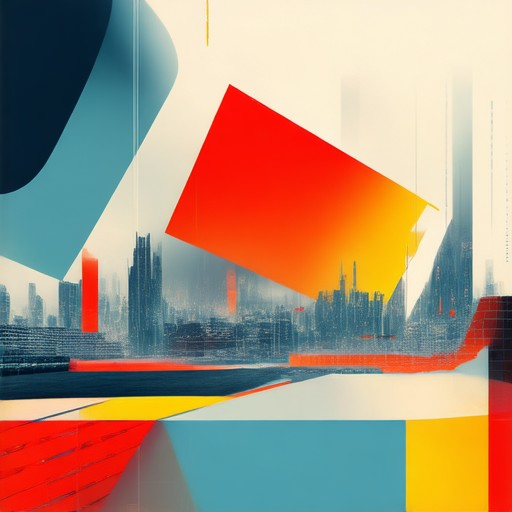
What Defines a Trendy Website Layout?
A trendy website layout is characterized by a combination of modern design principles that create a visually appealing, user-friendly, and functional experience. These layouts often reflect current trends in web design, blending aesthetics with usability to captivate audiences and deliver value.
Key Features of a Trendy Website Layout:
- Minimalist Design :
Clean and uncluttered interfaces are highly sought after. White space is utilized effectively to allow content to breathe, while subtle shadows, rounded corners, and minimalistic typography enhance the aesthetic without overwhelming the user. - Responsive Design :
A responsive layout ensures seamless viewing experiences across devices, from desktops to mobile phones. Flexbox, CSS Grid, and media queries are commonly used to achieve this adaptability, making the site accessible to a broad audience. - Bold Typography :
Standout typography, whether through large, bold headlines or unique typefaces, adds visual interest and helps convey brand identity. Pairing these with clean sans-serif fonts ensures readability and modernity. - Video Backgrounds :
Incorporating video backgrounds can add dynamicism to a design, though care must be taken to ensure text remains legible. This trend is particularly popular in industries like fashion, travel, and entertainment. - Smooth Animations :
Subtle animations, such as fade-ins, hover effects, and scroll-triggered interactions, enhance user engagement without causing distraction. These animations should feel natural and not overly flashy. - Color Scheme :
Modern color palettes often feature muted tones with pops of vibrant colors to create contrast and draw attention. Brands may opt for monochromatic schemes or gradients to align with their visual identities. - Blending Functionality and Aesthetics :
Great designs balance form and function, prioritizing user experience while maintaining a sleek appearance. Micro-interactions and intuitive navigation contribute to this harmony. - Custom Illustrations and Icons :
Hand-drawn elements, vector graphics, and SVGs add a personal touch and can be reused across the site for consistency. Icon libraries like Font Awesome or Material Icons are frequently utilized to maintain a cohesive look. - Parallax Effects :
Adding parallax scrolling effects can create depth and immersion, particularly in sections with hero images or videos. This technique is often used to highlight featured content. - Grid and Card-Based Layouts :
These structures provide organization and flexibility, making it easier to showcase products, services, or content. Cards often include hover effects to enhance interactivity.
Why 119WebDesign?
At 119WebDesign, we specialize in crafting layouts that not only look trendy but also function optimally. Our team of experts uses the latest tools and techniques to deliver designs that are both visually stunning and user-friendly. Explore our portfolio to see how we can bring your vision to life.
By combining these elements, a website layout becomes not just a place to visit but an experience that resonates with users and reflects the brand’s identity.
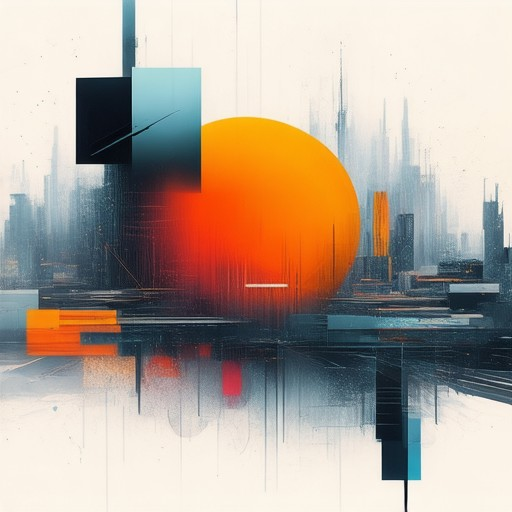
What Makes a Modern Website Layout Trendy?
A modern website layout is characterized by a blend of simplicity, functionality, and aesthetic appeal. Here are the key elements that define contemporary trends:
Clean Minimalism
Modern designs often prioritize clean, uncluttered interfaces. Minimalist layouts focus on simplicity, using ample white space, subtle shadows, and a focused visual hierarchy to ensure usability without overwhelming the user.
Soft Color Palettes
Trendy websites incorporate soft, muted color schemes that evoke calmness and sophistication. These palettes often feature pastel tones or harmonious color contrasts, creating a serene user experience while maintaining brand identity.
Unique Typography
Distinctive typography is a hallmark of modern designs. Fonts are chosen to reflect the brand’s personality while ensuring readability. Clean sans-serif fonts and creative script fonts are widely favored for their balance of uniqueness and legibility.
Innovative Navigation
Navigation menus are increasingly incorporating micro-interactions, hover effects, and smooth transitions to enhance user interaction. Intuitive layouts and logical grouping of menu items ensure users can easily find content.
Responsive Design
Mobility remains a cornerstone of modern web design. Responsive layouts adapt seamlessly to various screen sizes, ensuring optimal user experience across devices. This principle underpins the accessibility and inclusivity of contemporary websites.
Video Backgrounds
Incorporating video backgrounds has become a popular trend, offering dynamic visuals without compromising content consumption. Videos are often paired with dimmed audio or text overlays to maintain focus on the page’s primary function.
Subtle 3D Effects
Modern designs frequently utilize subtle 3D elements, such as shadows, gradients, and animations, to add depth and dimension. These effects are carefully integrated to enhance user engagement without detracting from functionality.
Gradients and Glassmorphism
Trending design elements include gradient overlays and glassmorphism effects, which create a frosted glass appearance. These techniques are used to highlight interactive elements and provide a modern, polished look.
By combining these elements, modern website layouts achieve a balance between creativity and usability, ensuring they stand out while remaining accessible and functional.
Elements That Make a Website Layout Trendy
A trendy website layout is a combination of modern design principles, user-centricity, and visual appeal. Here are the key elements that define contemporary web design:
- Minimalist Design :
- Clean lines and ample white space create a clutter-free environment, focusing attention on content and functionality.
- Simplified navigation bars and intuitive UI elements enhance user experience.
- Responsive Design :
- Adaptability to various screen sizes ensures seamless viewing across desktops, tablets, and mobile devices.
- Fluid grids and flexible typefaces adjust gracefully to different platforms.
- Modern Color Palette :
- Soft gradients and neutral tones convey sophistication and professionalism.
- Strategic use of vibrant accents adds personality without overwhelming the user.
- Clean Typography :
- Sans-serif fonts like Helvetica and Roboto are industry standards due to their readability and modern aesthetic.
- Custom fonts can add uniqueness while maintaining legibility.
- Subtle Animations and Transitions :
- Smooth hover effects and micro-interactions enhance engagement without being intrusive.
- Minimal animations keep the user experience smooth and polished.
- Strategic Whitespace :
- Thoughtful use of negative space elevates the design’s sophistication and emphasizes content importance.
- Consistent spacing improves overall usability and visual balance.
- Grid-Based Layouts :
- Structured, grid-based designs offer organization and scalability.
- Modular systems allow for flexible content arrangement across different screen sizes.
- Clear Content Hierarchy :
- Effective typography and spacing guide user attention, ensuring key information is easily digestible.
- Visual hierarchy enhances readability and navigation.
- Blended Traditional and Modern Elements :
- Combining classic design principles with contemporary trends creates a unique, sophisticated look.
- This blend avoids sameness while maintaining familiarity and approachability.
- Focus on Accessibility :
- Inclusive design ensures the site is usable by everyone, including individuals with disabilities.
- Proper contrast ratios, readable fonts, and navigable interfaces are essential for accessibility.
By thoughtfully integrating these elements, a website can not only reflect current design trends but also foster a positive user experience that keeps visitors engaged.
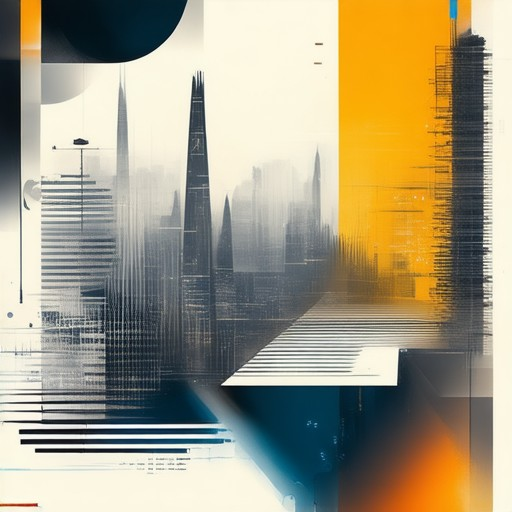
What Makes a Website Layout Considered Trendy?
A trendy website layout is characterized by a combination of modern design elements that create a visually appealing, user-friendly, and functional interface. Here are the key components that define a trendy layout:
- Responsive Design : A layout that adapts seamlessly to various screen sizes, ensuring optimal viewing experiences on desktops, tablets, and mobile devices. This is non-negotiable in today’s multi-device world.
- Minimalist Aesthetics : Clean, uncluttered designs with plenty of white space allow content to breathe, making the interface less overwhelming and easier to navigate. This approach emphasizes simplicity and focuses attention on the most important elements.
- Flat Design : Incorporating flat design principles, where two-dimensional elements replace three-dimensional graphics, creates a modern look. Bright colors and bold typography further enhance this style.
- Intuitive Navigation : Clear and logical navigation helps users quickly find what they’re looking for. Smooth scrolling, collapsible menus, and a consistent header/footer layout contribute to a seamless user experience.
- Modern Typography : Using clean, readable fonts and a consistent hierarchy ensures that content is easy to digest. Proper spacing and alignment enhance readability and visual appeal.
- Video and Parallax Effects : Introducing subtle video backgrounds or parallax effects can add depth and engagement to the layout without overwhelming the user.
- SEO-Friendly Structure : A trendy layout should also be optimized for search engines. Clean code, fast loading times, and an organized content structure are essential for SEO success.
- User-Centric Focus : A great layout enhances user experience by offering intuitive interactions, smooth transitions, and a cohesive design that resonates with the target audience.
By combining these elements, a website layout becomes not only visually appealing but also highly functional, creating a memorable and engaging experience for visitors.
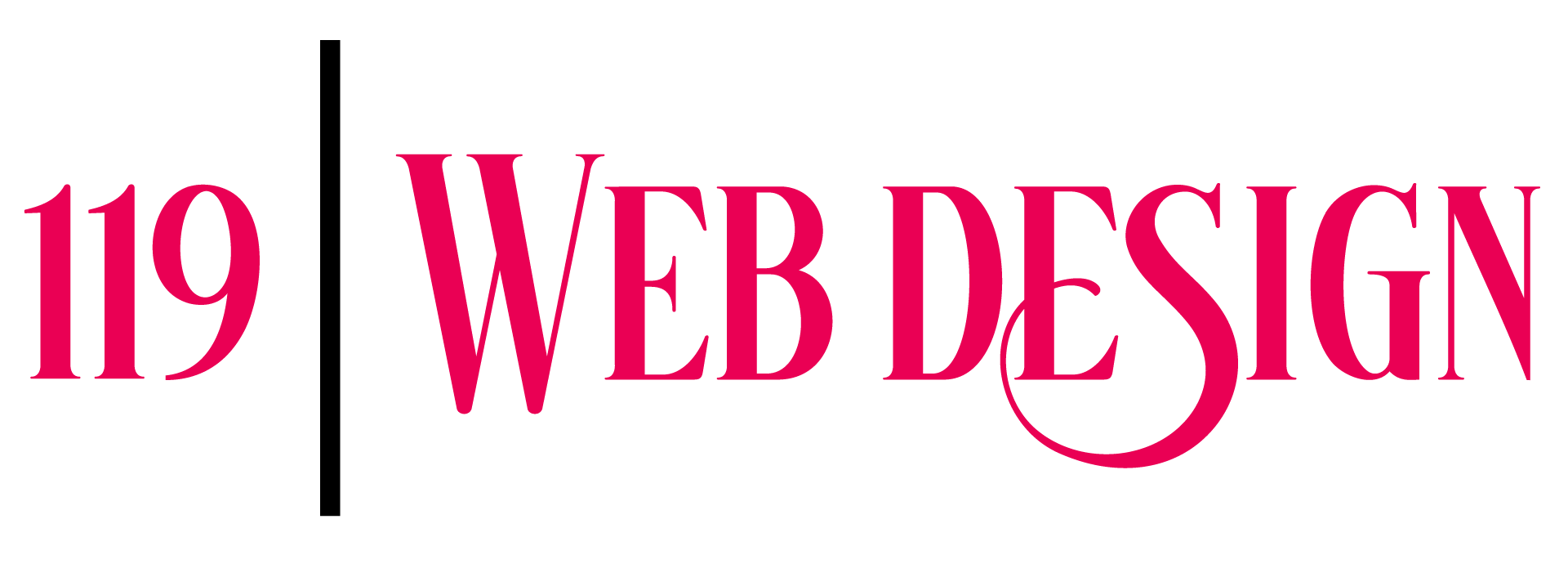

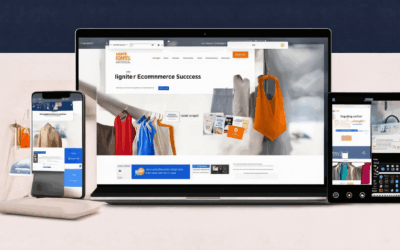
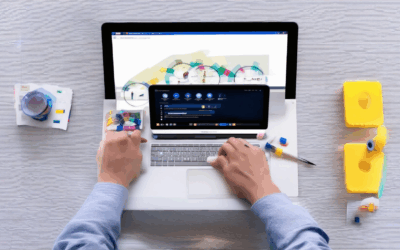
0 Comments